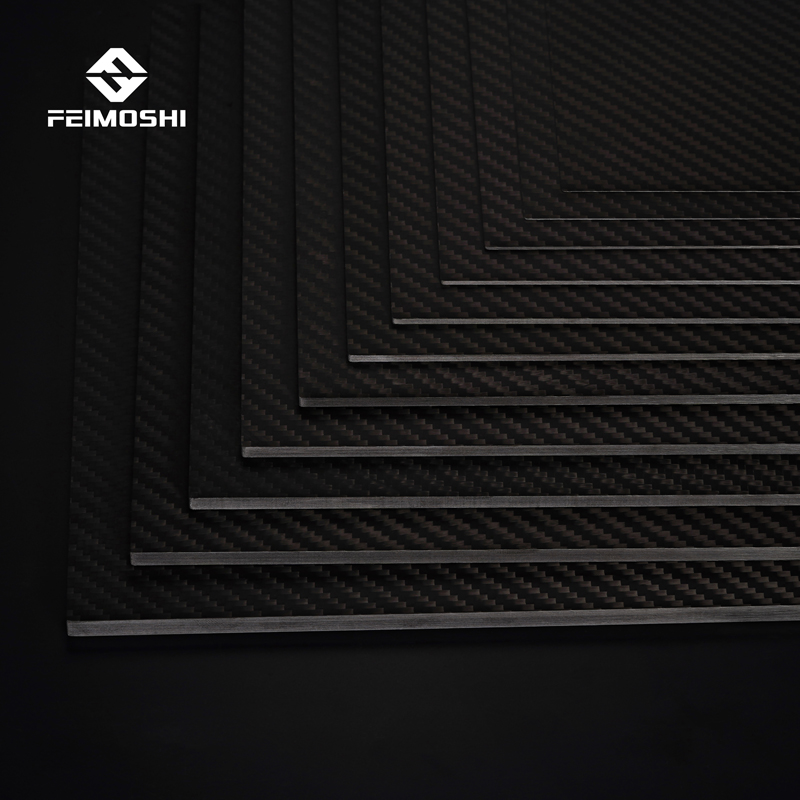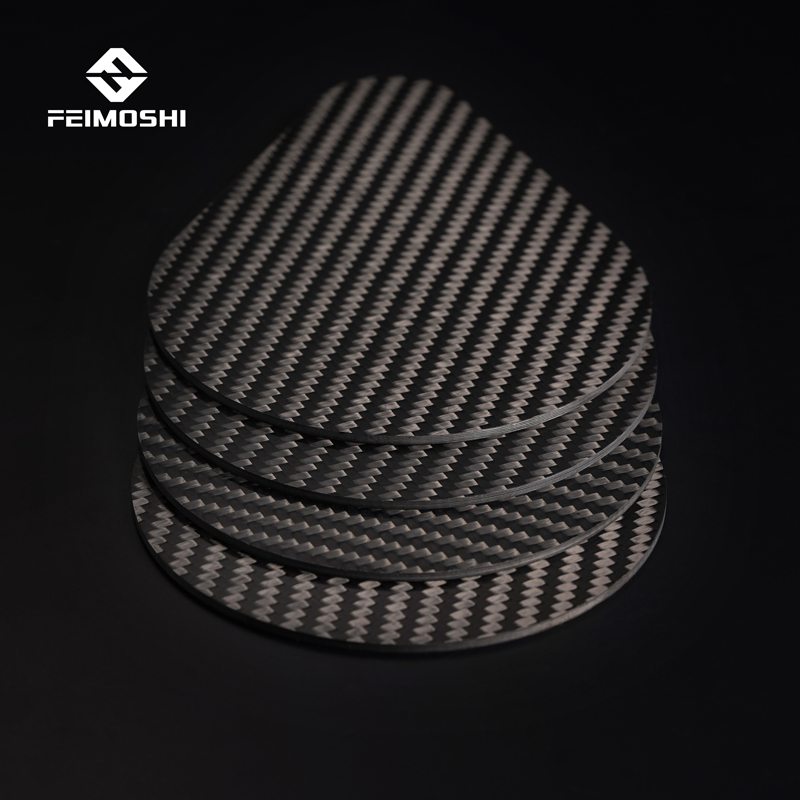A team of researchers at Waseda University in Japan has announced a breakthrough in recycling carbon fiber-reinforced polymers (CFRPs), a material prized for its strength and lightweight properties in industries like aerospace and automotive. CFRPs, while highly desirable for their performance, have posed a significant recycling challenge due to the difficulty and expense of separating the carbon fibers from the surrounding resin.
The Waseda University team has pioneered a new approach using direct high-voltage electrical pulses. This method, known as direct discharge (DD), leverages the principles of Joule heating, thermal stress, and plasma expansion to break down the composite material without the need for external heating or chemical solvents. cnc carbon fiber sheet

The researchers compared their DD method with electrohydraulic fragmentation (EHF), another promising recycling technique that utilizes shockwaves generated in water by electrical discharges. EHF has shown some potential, but the research team suspected that a direct discharge approach could be more effective.
"In our previous studies, we had already established research expertise in generating shock waves in water using electrical pulse phenomena to efficiently fragment difficult-to-process materials,” explained Professor Chiharu Tokoro. “However, in applications such as lithium-ion batteries, we discovered that direct discharge, which utilizes Joule heating and vapor expansion of the material itself, is more effective for high-efficiency separation than relying on shock waves. We now apply this approach to CFRP, hypothesizing that it could achieve more efficient separation compared to current methods.”
The results of their comparison were striking. The DD method proved significantly superior in several key aspects. It recovered longer carbon fibers with minimal damage, retaining approximately 81% of the fibers' original tensile strength. The recovered fibers also exhibited minimal residual resin and fewer defects. In contrast, EHF produced shorter fibers with only about 40% of their initial tensile strength, left more resin adhered to the fibers, and caused greater structural degradation.
The difference in performance stems from the distinct mechanisms of the two methods. DD relies on the direct flow of electrical current through the carbon fibers, generating localized heating and causing delamination of the composite. EHF, on the other hand, primarily relies on the mechanical force of shockwaves, which can crush the material and lead to greater fiber fragmentation.
“Our research findings have numerous applications, pertaining to the recycling of CFRPs from spent aircraft components, automotive waste, and wind turbine blades,” Tokoro said. “Thus, the present innovation supports sustainability across industries by enabling efficient resource recovery and reducing environmental impact.” The findings were published in the journal Scientific Reports.
Polypropylene Glass Filled Compound Market Analysis: Industry Market Size, Plant Capacity, Production, Operating Efficiency, Demand & Supply, End-User Industries, Sales Channel, Regional Demand, Company Share, 2015-2032

custom carbon tube Copyright © ChemAnalyst - 2020 | Terms & Conditions | Privacy Policy